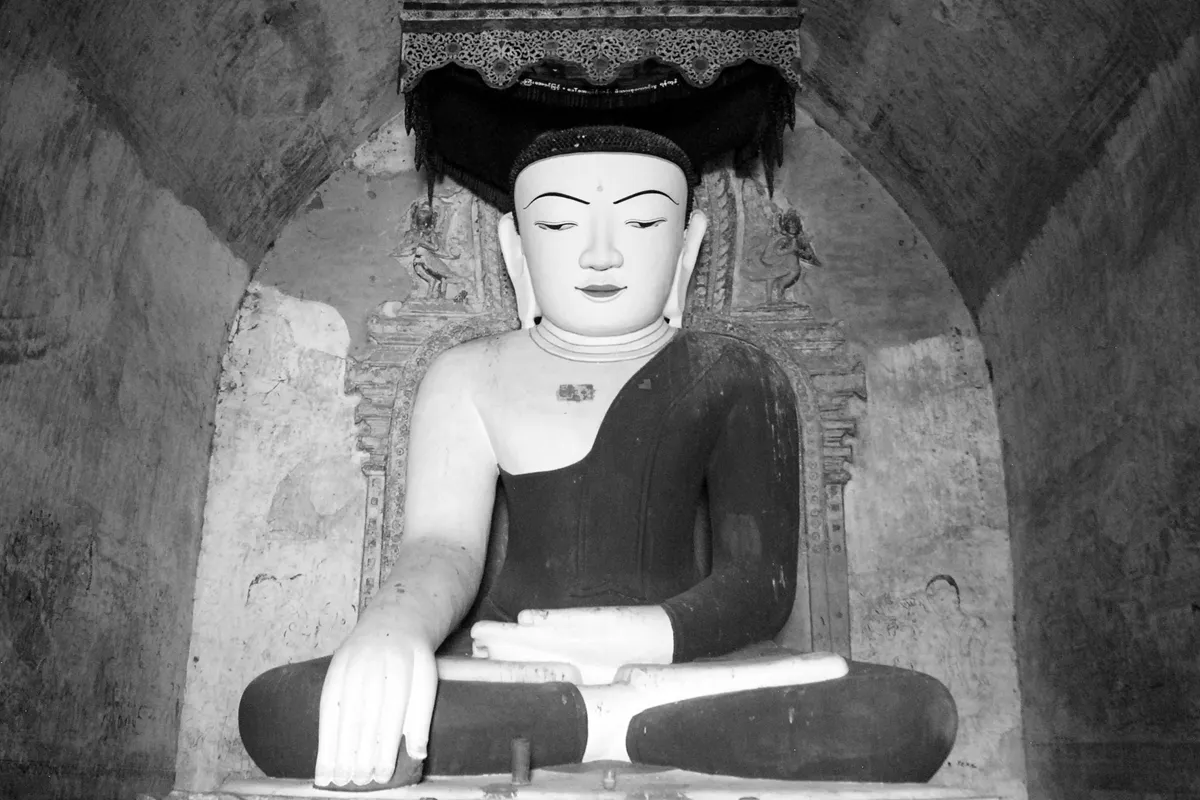
One of the most important atractions in Myanmar, is probably the ancient temples spread out on the plains of the central platau. On this plateau there are more than 2000 temples, pagodas and stupas built between the 11th and the 13th century. They have a great historical and relegious significance. Bagan was the capital in Myanmars first kingdom ( 10th – 14th. Century AD). More than 6000 temples, stupas, monasteries and pagodas were built. This UNESCO World Heritage Site is one of the most remarkable archeological sites in Asia. It was also during the same period they were built, that there was a religious transition. From hinduism to buddhism. We stayed in the town called Old Bagan and hired bicycles to be able to get around on the plains. During our three day visit we managed to visit only a small amount of temples.
 Pyathada Paya
Pyathada PayaIn this post I have chosen to focus on the interior, such as corridors and Buddas. It was rather dark some places, but somehow the atmosphere was quiet and very pleasant. It was very hot outside, but rather cool within the walls. The temples have a layout with corridors and four Buddha images that are facing the four directions. When walking all the way around the core, inside the corridors we then passed all of them.

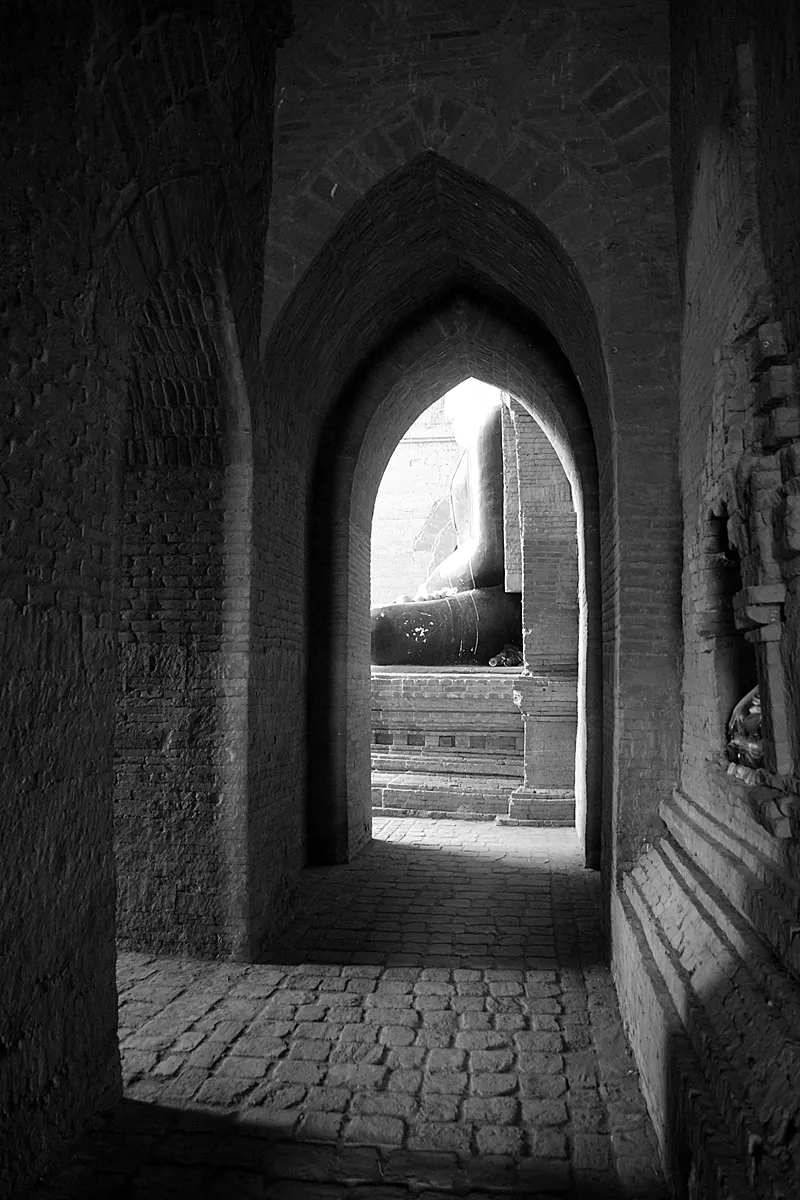

Pyathada Paya is an impressive pagoda with a huge terrace. From here you get an amazing view of a many temples and pagodas spread around it. It dates back to the 13th. century. Inside you will see arches and the Budha images.
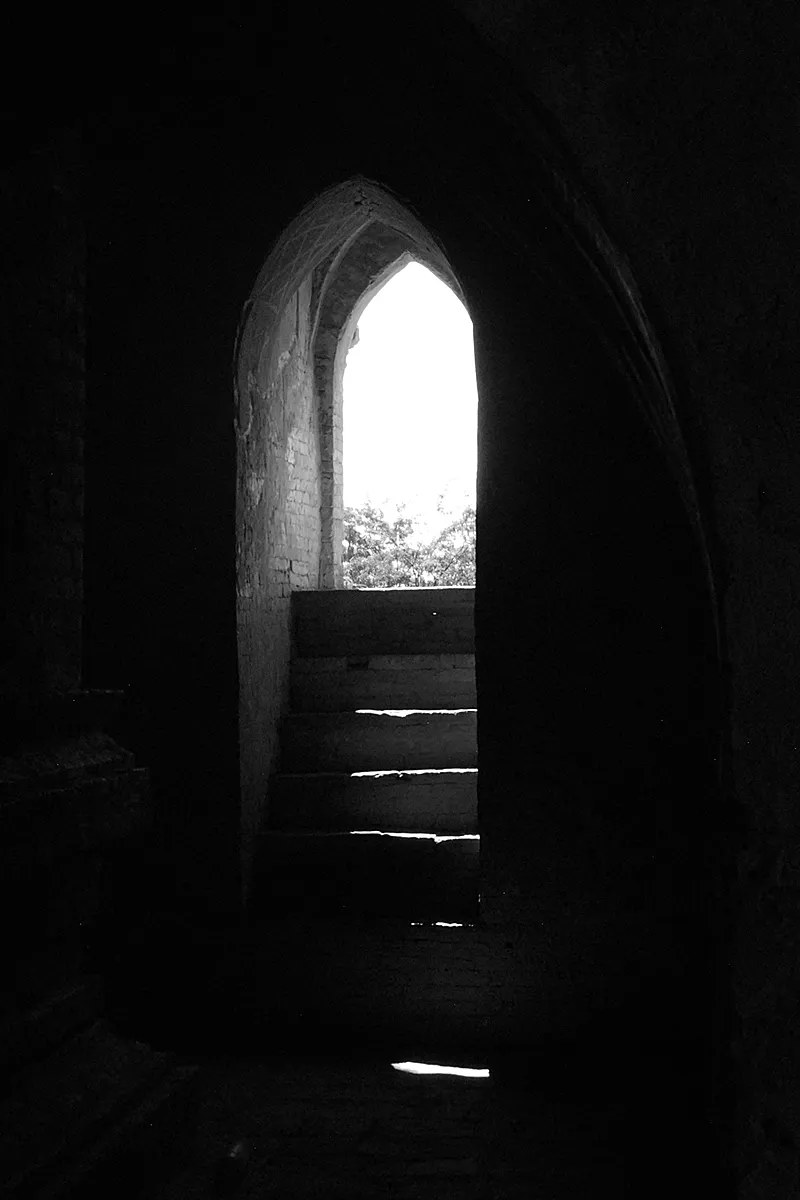

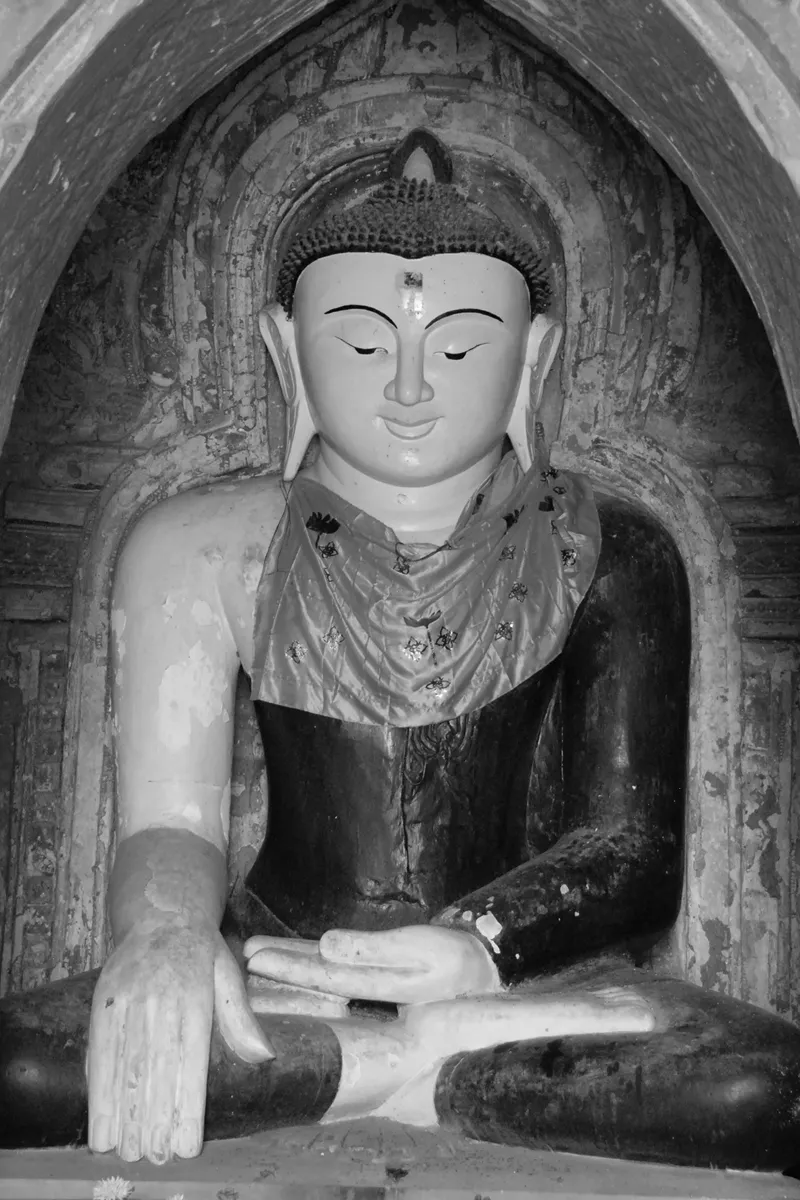
Thabeik Hmank is a rather small temple but located close to some of the much bigger and much more famous temples, like Sulimani Phato. That's why it sees much fewer visitors. The good thing is that you can feel the quitness. We were alone and there weren't any vendors (souvenirs). In 1975 the area experienced an earthquake that did cause damage to many of the temples, including Thabeik.
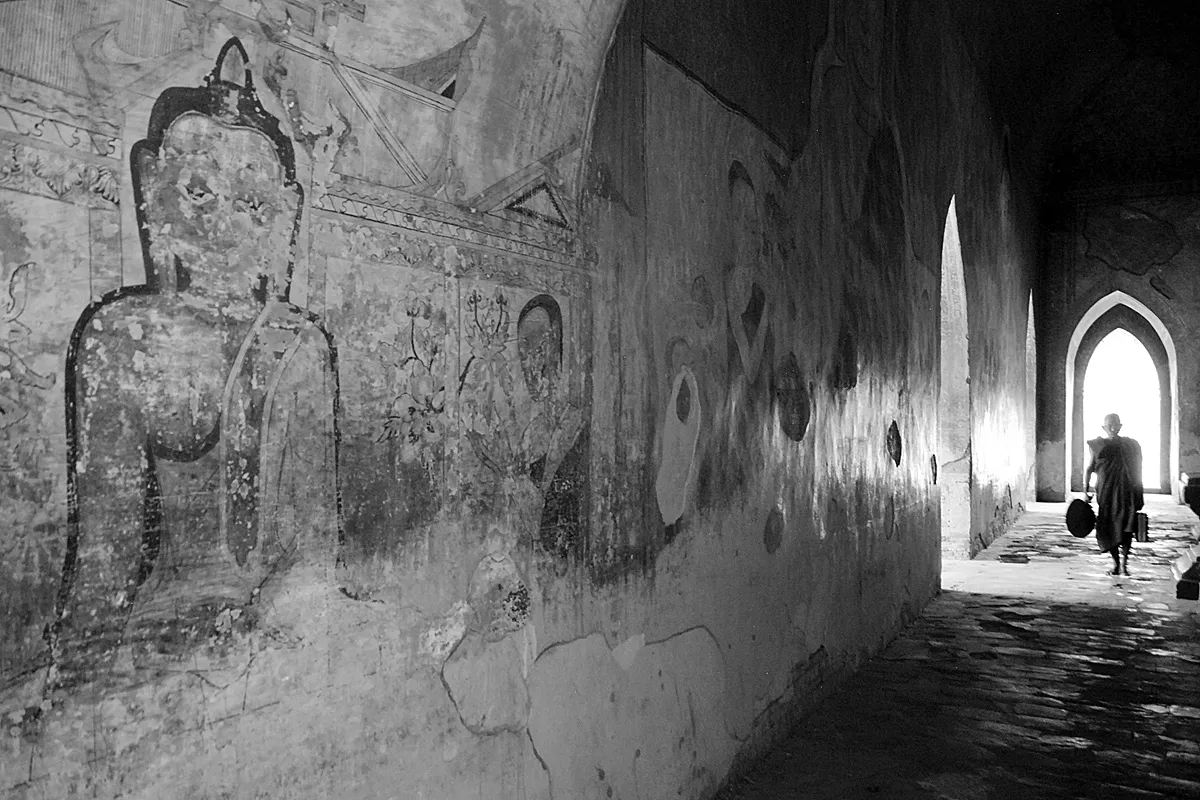
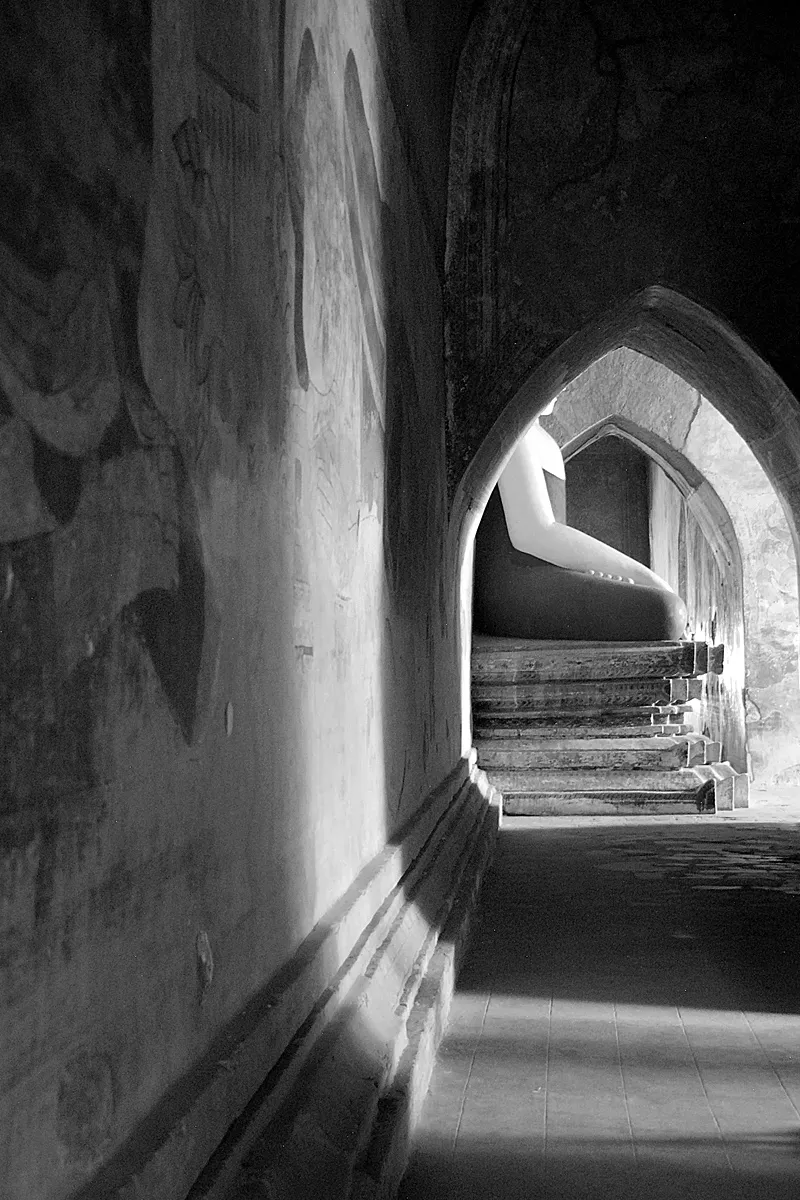
Close by you will find this very beautiful temple called Sulimani Phato. The architectural style is a good example of how the temples were built at the end of Bagan's heyday approx. (built in 1180). The temples now took on a more sophisticated style with exquisite stucco work and ornaments inside. Here, the paintings in the inner corridors are well preserved. There are also many inscriptions still here. Although it was somewhat dark and a little dificult to take good photos.
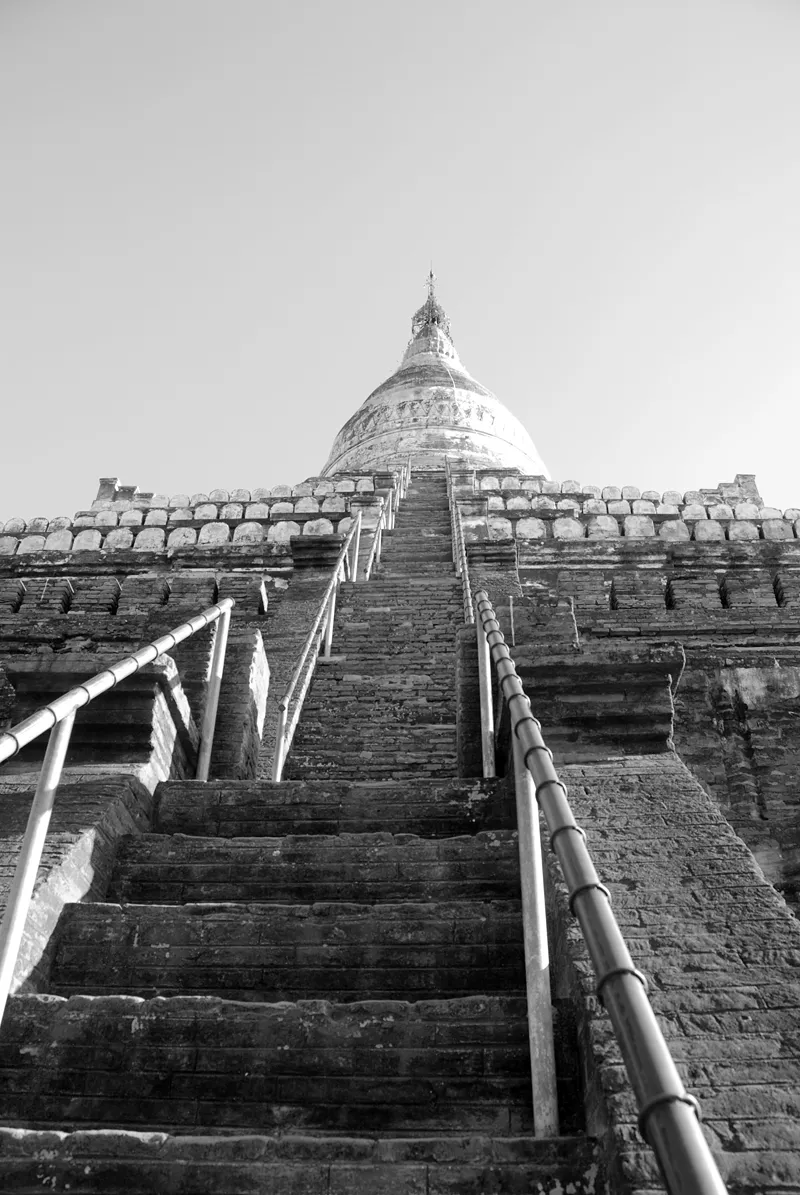

Shwesandaw is a 11th. century pyramid shaped pagoda. In an adjacent building, there is this large reclining Buddha. It is the only one I have seen, but then I was only in a small selection of temples.
It was only possible to see a small selection in three days, but I we managed to visit fourteen. We selected in advance which ones we wanted to see. I think that can be an advantage.
Please do follow if you want to keep up with my next travel story. Any upvotes or reblogs are hugely appreciated!
Latest travel stories, check out :
A hike along the outer edge of Europe in Azores (Portugal)
U.J
Kristiansand, Norway
All the photoes are mine, Ulla Jensen (flickr, Instagram and facebook)
[//]:# (!pinmapple 21.17481 lat 94.85915 long Ancient Buddhas on the central plateau in Myanmar d3scr)Latest content: Travel, Art, Article, Photo

